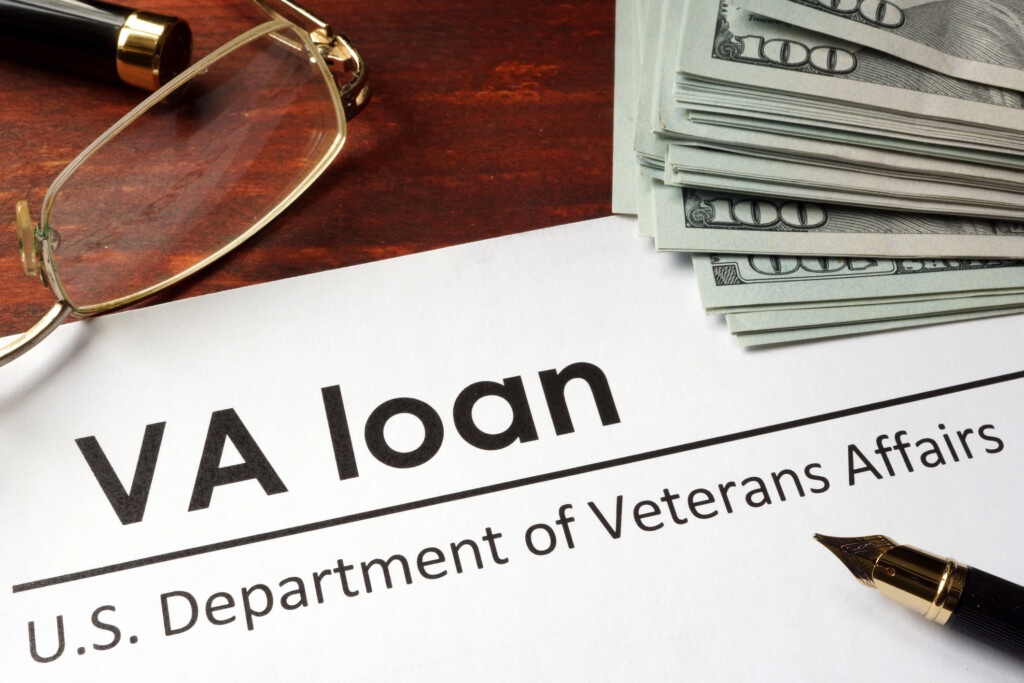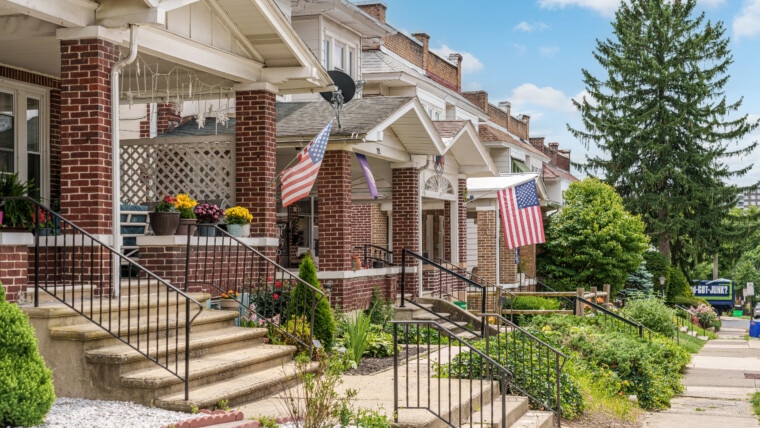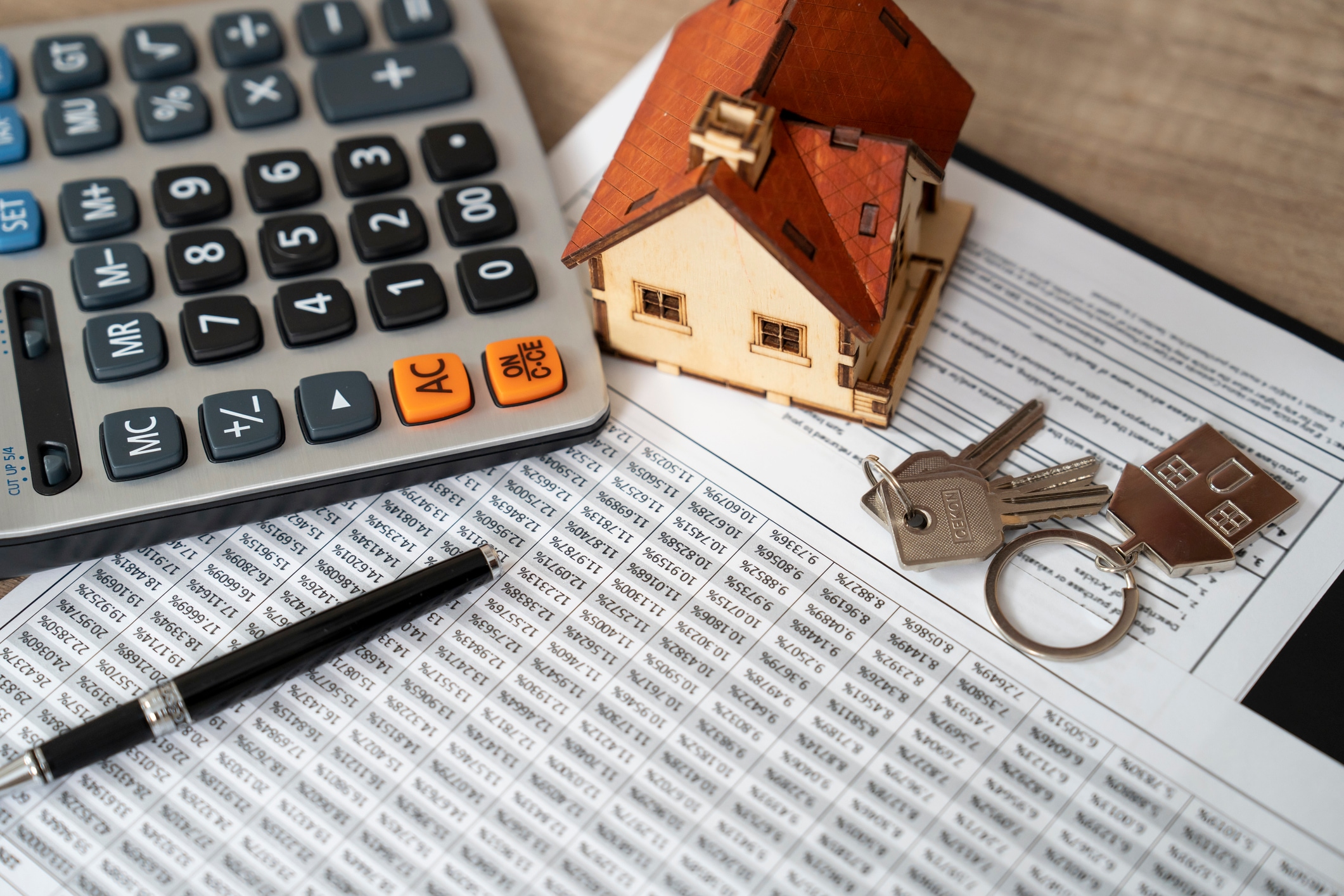A VA loan is a government-backed mortgage that helps service members, veterans and eligible surviving spouses become homeowners. VA loans are often considered one of the best mortgage options available, as they have more flexible credit guidelines than other types of home loans. A VA loan also offers lower interest rates and requires no down payment or mortgage insurance.
If you or your spouse served in the U.S. military, a VA loan is one option when buying a home or refinancing.

How Does a VA Loan Work?
A VA loan is a non-conforming loan guaranteed by the U.S. Department of Veterans Affairs (VA) and issued by private lenders, such as banks and mortgage companies. Lenders can offer borrowers more favorable terms because the VA guarantees a portion of the loan.
The VA also offers several home and refinance loans, including home purchase, jumbo, renovation, rate and term refinance, cash-out refinance, and Interest Rate Reduction Refinance Loans (IRRRL).
Eligibility
According to the Department of Veterans Affairs, you’re eligible for a VA loan program if:
- You served 90+ consecutive days on active duty.
- You are a veteran who served 90 consecutive days on active duty during wartime or 181 days on active duty during peacetime.
- You served more than six years of service with the National Guard or Reserves or served 90 days (at least 30 days consecutively) under Title 32.
- You’re the surviving spouse of a veteran who lost their life while serving or as the result of a service-connected disability and have not remarried (or did not remarry before 57 years of age or before December 16, 2003).
You may not be eligible for a VA loan if you received an “other than honorable,” bad conduct or dishonorable discharge. Even if you don’t meet the length of service requirements, you may still qualify for a VA loan in these instances:
- Discharge due to hardship.
- At the convenience of the government, and you must have served at least 20 months of a two-year enlistment.
- Early out, and you must have served 21 months of a two-year enlistment.
- Reduction in force.
- Certain medical conditions.
- A service-connected disability.
Key Benefits
VA loans offer several key benefits that are generally not available with other types of home loans.
- No down payment
- Competitive interest rates
- Flexible credit requirements
- No PMI
“As someone who’s worked with a lot of veterans, I can honestly say VA loans are an incredible benefit for those who’ve served,” says Matt Schwartz, mortgage broker and founder of VA Loan Network in San Antonio, Texas. “These government-backed loans offer perks like no down payment, no private mortgage insurance (PMI) and lower interest rates, which makes buying a home more affordable.”
Here’s a breakdown of VA loan benefits:
- No down payment: A VA loan does not require a down payment unless the home’s purchase price exceeds its appraised value.
- Competitive interest rates: Interest rates on VA loans are often lower than those on conventional mortgages.
- Flexible credit requirements: The VA has no minimum credit score requirement. Instead, VA lenders set their minimum, typically requiring a FICO score of at least 620.
- No PMI: VA loans don’t require private mortgage insurance or any type of ongoing mortgage insurance.
- No loan limit: There’s no limit on how much you can borrow with a VA loan.
- Refinance to a VA loan: You can refinance a conventional loan to a VA loan with a VA cash-out refinance. To do this, you would need an appraisal and potentially a clear termite inspection, depending on your state.
- Purchase investment property: You can use a VA loan to purchase a multi-unit property, but you must live in one of the units for at least one year. “Now, if after you live there you decide to move and turn that property into an investment property, you do not have to refinance out of VA,” says Jennifer Beeston, VA loan officer, educator and senior vice president of Guaranteed Rate Mortgage. “I have had many clients who buy a home at each base. They buy a home, live in it and turn it into a rental when they move.”
The VA Loan Process
The VA loan process is similar to other types of loans, but there are some key differences. Here’s the VA loan process for a home purchase.
1. Secure a Certificate of Eligibility (COE): Before applying for a VA loan, you must request a COE. This document confirms to your lender that you qualify for the VA home loan. You can request a COE online from the Department of Veterans Affairs, by mail or through your lender. To get the COE, you must also provide documentation with proof of service, which varies depending on whether you’re an active duty service member, veteran or surviving spouse.
2. Find a loan officer: Work with a VA loan officer with verifiable reviews. “VA is a niche loan and is not something every lender learns,” Beeston says. “People assume that if the company has a military title the loan officers will know VA, but you would be surprised how many times you will discover you are working with a call center of newbies.”
Interview several loan officers and see who will take the time to educate you and walk you through the process. “I see many veterans getting declined when they should be approved just because they are working with a loan officer that does not know VA,” Beeston says.
3. Shop the rate and fees: One of the biggest mistakes veterans make is not shopping lenders’ rates and fees. “VA does not set the rates or fees so depending on who you work with, you could pay way more than you need to,” Beeston explains. “I am talking about thousands of dollars and higher rates so please shop a few lenders’ rates and fees. Verify then trust.”
4. Get a preapproval: Ensure the lender fully underwrites your preapproval. “It makes your offer stronger and makes it so you will have less stress when you buy a house,” Beeston says. “If a lender will not fully underwrite your preapproval, pick a different lender.”
5. Look for a home and make an offer: Finding a home with a VA loan is similar to the process with other loans. However, as you shop homes for sale, keep in mind that the property must meet the VA’s Minimum Property Requirements (MPRs) to protect the interests of veterans, lenders, servicers, and the VA.
6. VA appraisal: The VA requires an appraisal before loan approval to verify that the home meets the VA’s MPRs. The lender will order the appraisal through the VA, and the VA assigns the appraiser and sets the fee.
7. Close: The loan is clear to close if the appraiser determines that the home meets the MPRs. VA loans come with closing costs, including a VA funding fee. This is a one-time payment to help lower the cost of the loan. The cost ranges from 0.5% to 3.3% of the loan’s total value, depending on your down payment amount, the loan type and whether it’s your first use.
The Bottom Line: Contact a VA-Approved Lender
VA loans make the homebuying process more accessible and affordable for those who have served in the military. They are designed to help veterans, active-duty service members and military spouses achieve homeownership.
If you’re ready to explore the benefits of a VA loan, contact a VA-approved lender for personalized guidance on your homebuying journey.
Josephine Nesbit is a freelance content writer specializing in home improvement, real estate and home loans. Her bylines appear in various publications, including U.S. News & World Report, GOBankingRates, Rocket Mortgage and more. She also regularly works with real estate professionals nationwide to boost their content marketing efforts. Originally from Massachusetts, Josephine attended The Ohio State University and now lives in Michigan with her three young children.














